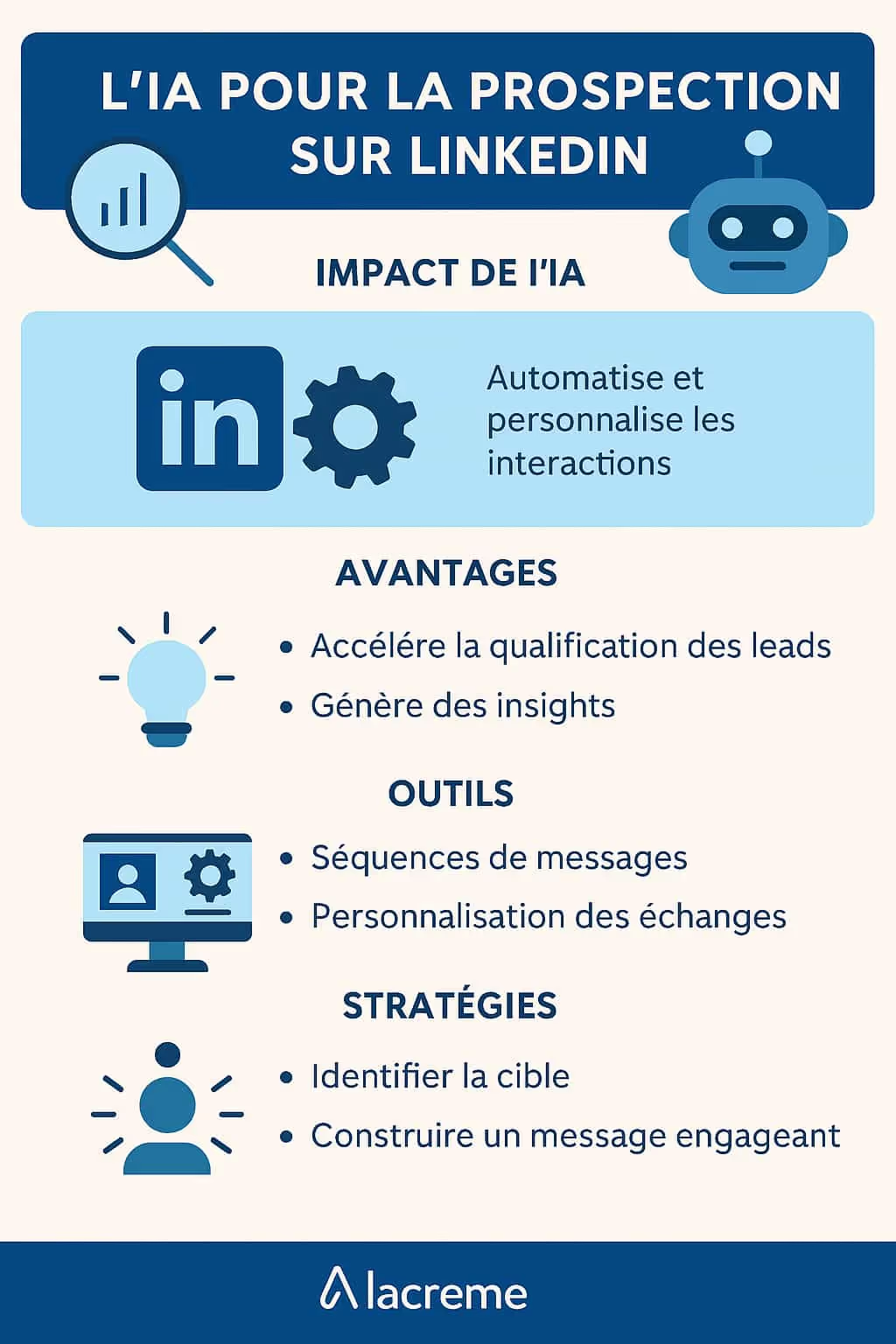Artificial intelligence (AI) is transforming many sectors, andarchitecture is no exception. Detecting unsuspected potentials and solving complex problems, AI is now a valuable ally for architects.
What is artificial intelligence in architecture?
The basics of AI in architecture
Artificial intelligence in architecture refers to the use of machines capable of performing design, planning, and implementation tasks traditionally performed by humans. These AI systems can process and analyze large amounts of data to propose optimized design solutions, perform simulations, and even manage the logistical aspects of a construction project.
Historical evolution of AI in architecture
The integration of AI into the architecture followed the historical general of technology. From the first CAD (computer-aided design) tools in the 1960s to today's complex algorithms, AI has become an essential player, taking the principles of parametric design and BIM (Building Information Modeling) to levels that were previously inaccessible.
Current role of AI in architectural processes
AI and preliminary design: support and optimization
In the early design phases, AI helps architects generate sketches and explore a multitude of design variations quickly. It offers configurations based on pre-established rules or examples of previous projects, allowing architects to focus their efforts on more innovative aspects of the project.
Urban planning and environmental data analysis
In urban planning, AI analyzes vast data sets relating to demographics, traffic, or climate to optimize development plans. It allows informed decisions to be made concerning urban density, green spaces and adaptation to climate change.
The benefits of integrating AI into architecture
Accelerating and improving design processes
The integration of AI accelerates the design phases by automating repetitive tasks and by optimizing the choices of materials and construction methods. This results in increased efficiency and a reduction in potential errors.
Optimizing the energy performance of buildings
AI contributes to the creation of more sustainable buildings by analysing their energy performance. By examining multiple scenarios, it can predict the impact of various designs and materials on the energy consumption and comfort of buildings.
The challenges and ethical implications of AI in architecture
Intellectual property management and commercial risks
Deploying AI solutions in architecture raises questions about the intellectual property of machine-generated creations and about data security. The business risks associated with dependence on third party technology also require particular attention.
Balance between technology and the humanization of space
It is essential to find a balance between technological advances and the need for spaces that meet human needs. The architecture should remain focused on end users, even when integrating cutting-edge AI tools.
The future of architecture with artificial intelligence
New architectural realities and innovative designs
The future of architecture with AI is promising, with the prospect of ever more innovative and personalized designs. New architectural realities will be shaped by endless creative possibilities, paving the way for designs that go beyond what the human mind alone can imagine.
The importance of continuing education and user experience
To take full advantage of AI in architecture, professionals must continue to To form on the latest tools and technologies. Moreover, attention to the end user experience must remain at the heart of the design process, ensuring that buildings are not only functional but also welcoming and pleasant to live in. Integrating artificial intelligence into architecture is a promising path but one that is full of challenges and questions. This path requires a balance between innovation and tradition, between progress and ethics. By wisely embracing the capabilities offered by AI, architects can not only improve their practice but also contribute to the construction of a future that is more sustainable and more responsive to humanity.






